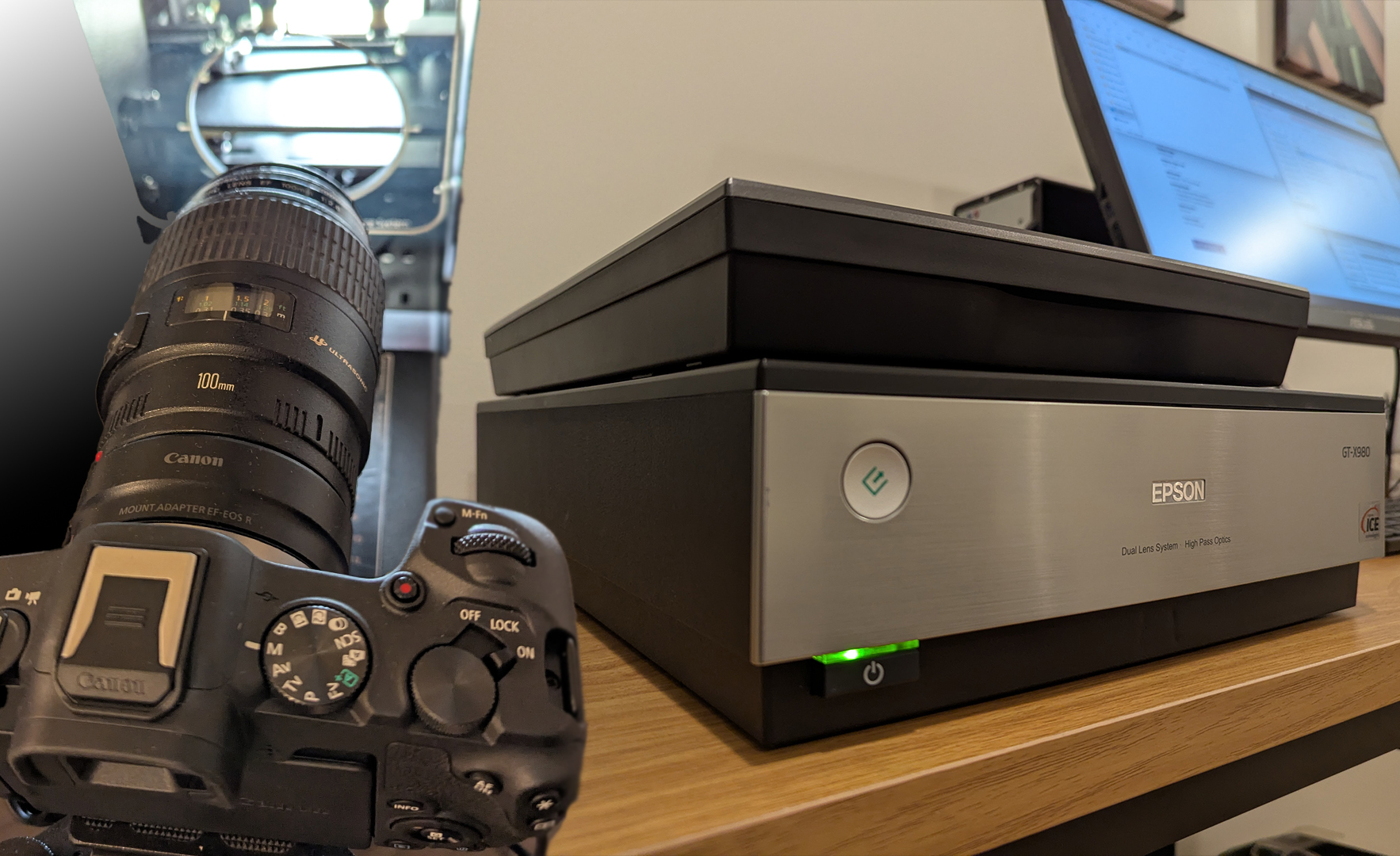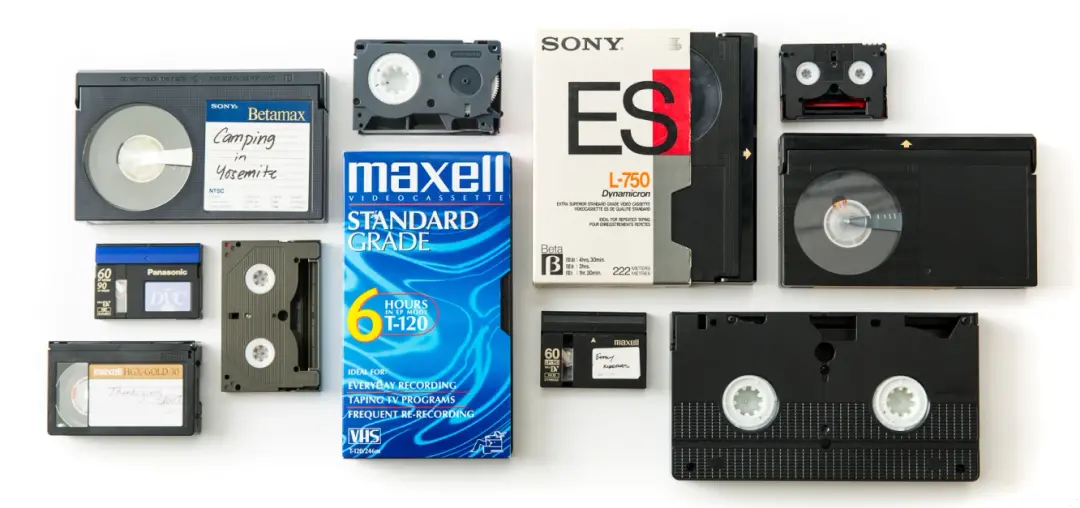Revolutionizing Visual Media: How Scan5 is using AI For Photo and Video Enhancement and Restoration
In recent years, Artificial Intelligence (AI) has become a driving force in a variety of industries, from healthcare and finance to entertainment and media. One of the most exciting applications of AI is in the field of photo and video enhancement and restoration. With its advanced algorithms and deep learning capabilities, AI is reshaping how we approach visual media, enabling the enhancement of old photos, the improvement of video quality, and even the creation of stunning visuals from subpar footage. Let us explore how AI is being used to elevate and restore visual content in ways that were once thought impossible.
1. Restoring Old Photos and Videos
Preserving memories captured in old photographs or footage has always been a challenge, especially when the media has deteriorated over time. AI-powered tools are now making it possible to bring those nostalgic images and videos back to life with incredible detail.
Photo Restoration:AI can automatically detect imperfections such as scratches, stains, and faded colors in old photographs. Traditional photo restoration would often require hours of manual labor, with the artist having to painstakingly repair each flaw. With AI, the software can quickly recognize patterns and anomalies, filling in gaps or recreating missing parts of the image. Some of the most notable AI tools for photo restoration include Adobe Photoshop’s "Neural Filters," which use AI models to rejuvenate old or damaged photographs.
Video Restoration:In the case of video restoration, AI can repair grainy, pixelated footage, remove compression artifacts, and enhance low-resolution videos. Through advanced algorithms, AI tools analyze frames of a video, identifying and compensating for imperfections such as noise, blur, and color distortion. Programs like Topaz Labs' "Video Enhance AI" use machine learning to upscale low-resolution videos to higher-quality versions, sometimes even bringing 480p footage up to 4K resolution.
2. Enhancing Image and Video Quality
One of the most common uses of AI in visual media is the enhancement of image and video quality, making them sharper, clearer, and more vibrant.
AI has also made significant strides in the colorization of black-and-white photos and videos. In the past, this process would have required a human artist to painstakingly paint in the colors manually. Now, AI can analyze the context of an image and apply realistic colors based on learned patterns from millions of images. This is particularly useful for historical archives, where colorizing old footage can offer a new perspective on significant events or daily life from the past. Tools like DeOldify, an AI-driven colorization tool, are revolutionizing the way we experience historical media.
3. Enhancing Video Frames and Editing
AI is also being used to enhance individual video frames and assist in video editing, streamlining the entire process for content creators.
Frame Interpolation and Slow Motion:One of the unique features of AI in video editing is its ability to generate new frames between existing ones. This process, known as "frame interpolation," is used to create smooth slow-motion sequences by predicting the frames in between. AI-powered software like DAIN (Depth-Aware Video Frame Interpolation) can take a regular video and slow it down to an ultra-smooth frame rate, making it ideal for sports, music videos, or high-action scenes where fluid motion is essential.
Object and Scene Recognition:AI can automatically detect and label objects, scenes, or even people within a video. This has significant implications for content creators and video editors who want to quickly organize and search through large video databases. AI can help automate tasks like cutting, cropping, or adjusting brightness and contrast based on scene recognition. For example, Adobe Premiere Pro uses AI-powered tools like “Auto Reframe,” which automatically crops and reframes videos for different aspect ratios (perfect for social media platforms) by recognizing the key action in a frame.
4. Noise Reduction and Image Sharpening
One of the most common problems with old photos and low-light video footage is noise—visual distortions that appear as random grain or pixelation. AI-driven noise reduction techniques are making it easier to clean up such footage.
For photos, AI can differentiate between noise and actual image details, preserving sharpness while reducing unwanted grain. Similarly, AI-powered noise reduction tools for videos are able to smooth out pixelated or grainy footage without blurring important details, making the video clearer and more watchable.
5. The Future of AI in Visual Media Enhancement
The potential for AI in the field of photo and video enhancement and restoration is boundless. As AI models continue to evolve, we can expect even more sophisticated tools that can automatically improve the quality of media with minimal user input.
AI has already demonstrated its ability to enhance visual media in ways that were once time-consuming or even impossible. The technology will only continue to improve, opening up new possibilities for filmmakers, photographers, and content creators alike. Whether it’s restoring historical footage, enhancing personal photos, or simply improving the overall quality of digital media, AI is undoubtedly shaping the future of visual media.
AI is no longer a distant dream for enhancing and restoring photos and videos—it’s a transformative reality. From restoring the past to elevating the present, AI is changing the way we experience visual media. As the technology continues to improve, we can expect even more stunning advancements in how we restore, enhance, and preserve the images and videos that define our world. The power of AI is revolutionizing the visual media landscape, offering possibilities that were once limited to the imagination.




































